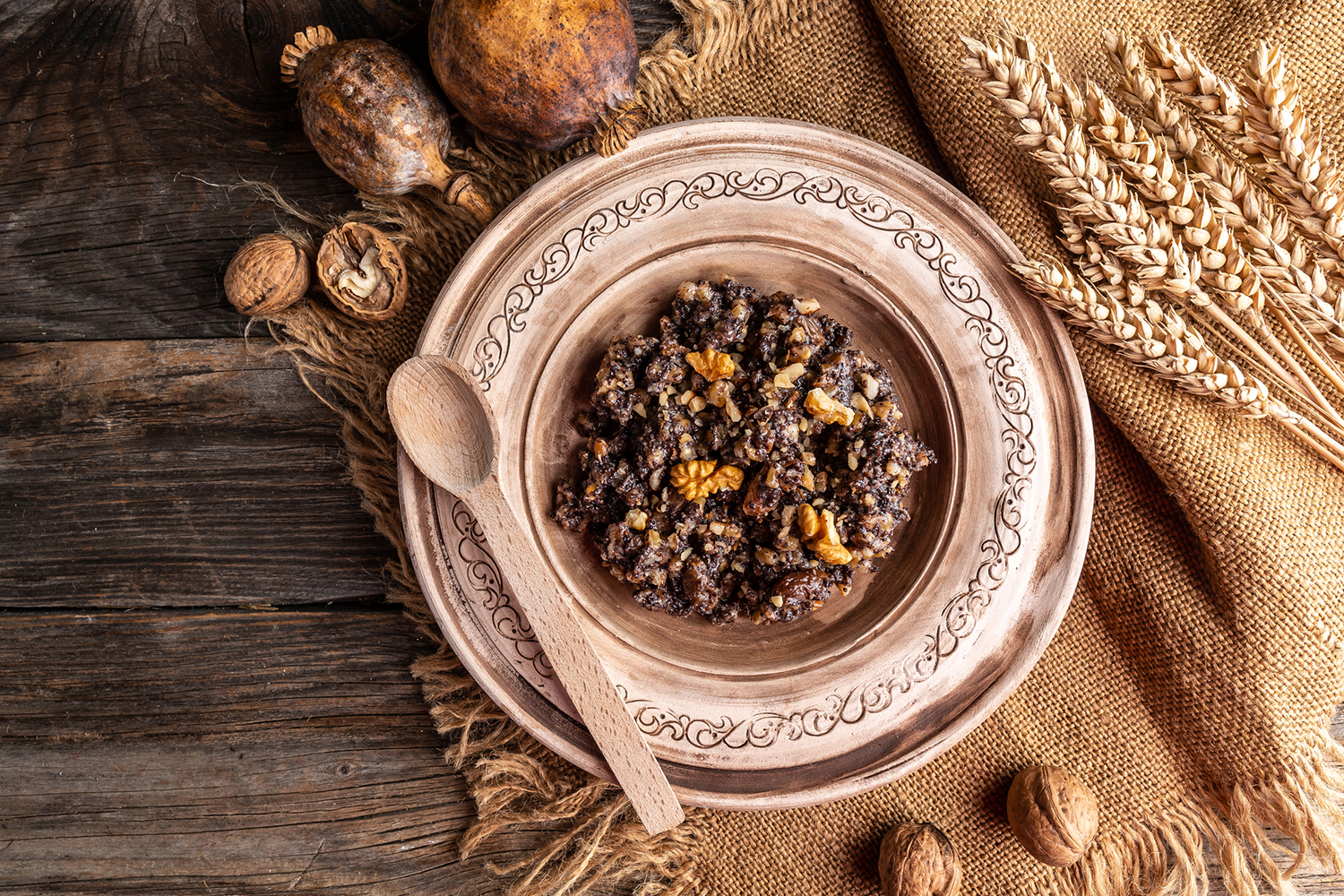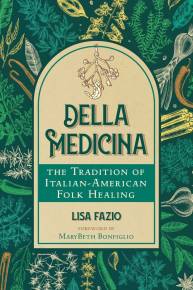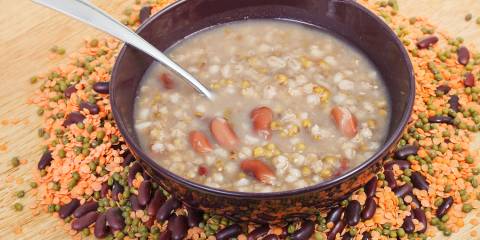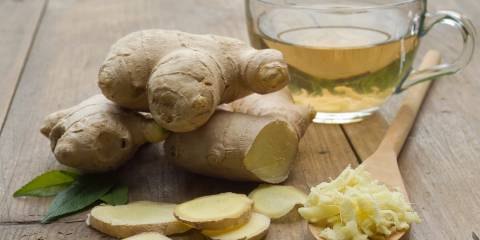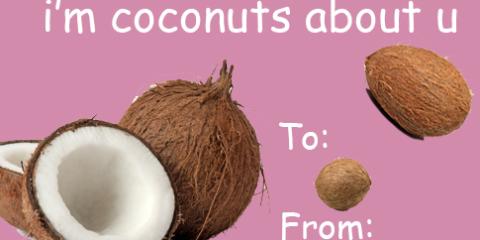Excerpted with permission from Della Medicina by Lisa Fazio ($24.99, Healing Arts Press, 2024).
As a second-generation immigrant living in an Italian-American community, the traditions and practices of my Italian family were not even thought of as “traditions,” if thought of at all; they were just a part of daily life.
Consumption of whole legumes and grains, such as the traditional Calabrian dish cuccìa, as well as broad beans, chickpeas, and so on, occurred at midwinter and autumn celebrations when these foods were thought to be blessed and when the dead were nearest to the living.
Beans and grains are seeds, and seeds are believed to hold the regenerative and life-giving potential that when eaten revitalizes and reinvigorates the living and honors the deceased.
The History of Cuccìa
Cuccìa has many variations and is a traditional dish made to celebrate the feast of Santa Lucia in December.
It is also commonly cooked around Christmas, for good luck on New Year’s Day, and anytime during the winter for a warm bowl of deep nourishment.
Where Does The Name Come From?
The name comes from cucìa, meaning “cooked” and referring to a legend about the arrival of wheat during a famine whereby the food was cooked as quickly as possible, so the hungry people didn’t have to wait any longer.
Instead of taking the time to make bread, the wheat was boiled into a quick porridge. As soon as it was ready the cook shouted, “Cucìa, cucìa!,” “Cooked, cooked!”
Or it may stem from the Greek Ko (u) kkìa, which means “wheat.”
What is Cuccìa?
There are multiple versions of cuccìa with some being sweet and some being savory.
It’s basically boiled wheat berries with whatever else sounds good added to it.
In some recipes it’s more of a pudding and includes ricotta.
